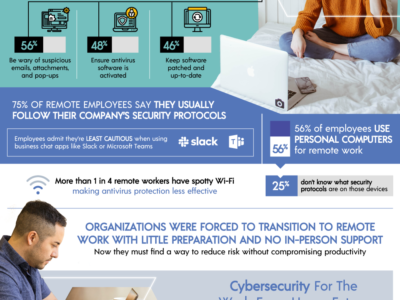
Remaining secure online isn’t easy anymore, especially as every 39 seconds someone gets attacked by a hacker online. Cybercrime is a growing concern, and in 2019 alone there were almost 160,000 security incidents, 81% of which linked to stolen or weak passwords. Staying secure online is now a problem for more people due to COVID-19 making more people work from home. 62% of Americans were working from home in 2020, 49% of them having never remote worked before. With so many new opportunities to attack cybercrime skyrocketed. Phishing attacks were up by 600% and ransomware attacks were up by 148%.
An efficient way of keeping passwords safe is using MFA’s, multi-factor authentication, to keep your passwords secure. However, most MFA’s aren’t good enough. Common MFA’s like sending a one-time code through email or SMS can be breached by a hacker intercepting the message. Security questions are often information that a hacker could find using social media or public records. Not only ineffective but these MFA’s are also inconvenient and annoying and require and the second device on hand meaning less trust and reliance by employees.
When passwords need to be reset and forgotten repeatedly, it creates a lot of friction between employees and the websites they just want to log into. Using passwordless authentication software can remove friction, remove the necessity for secondary devices that some people don’t have, and remove the inconveniences of conventional methods while still having better security against hackers.
The post Staying Secure Online appeared first on Social Media Explorer.
* This article was originally published here
(” Learn How to Make Money With Affiliate Marketing – http://bit.ly/make_online_now “)

Comments are closed.